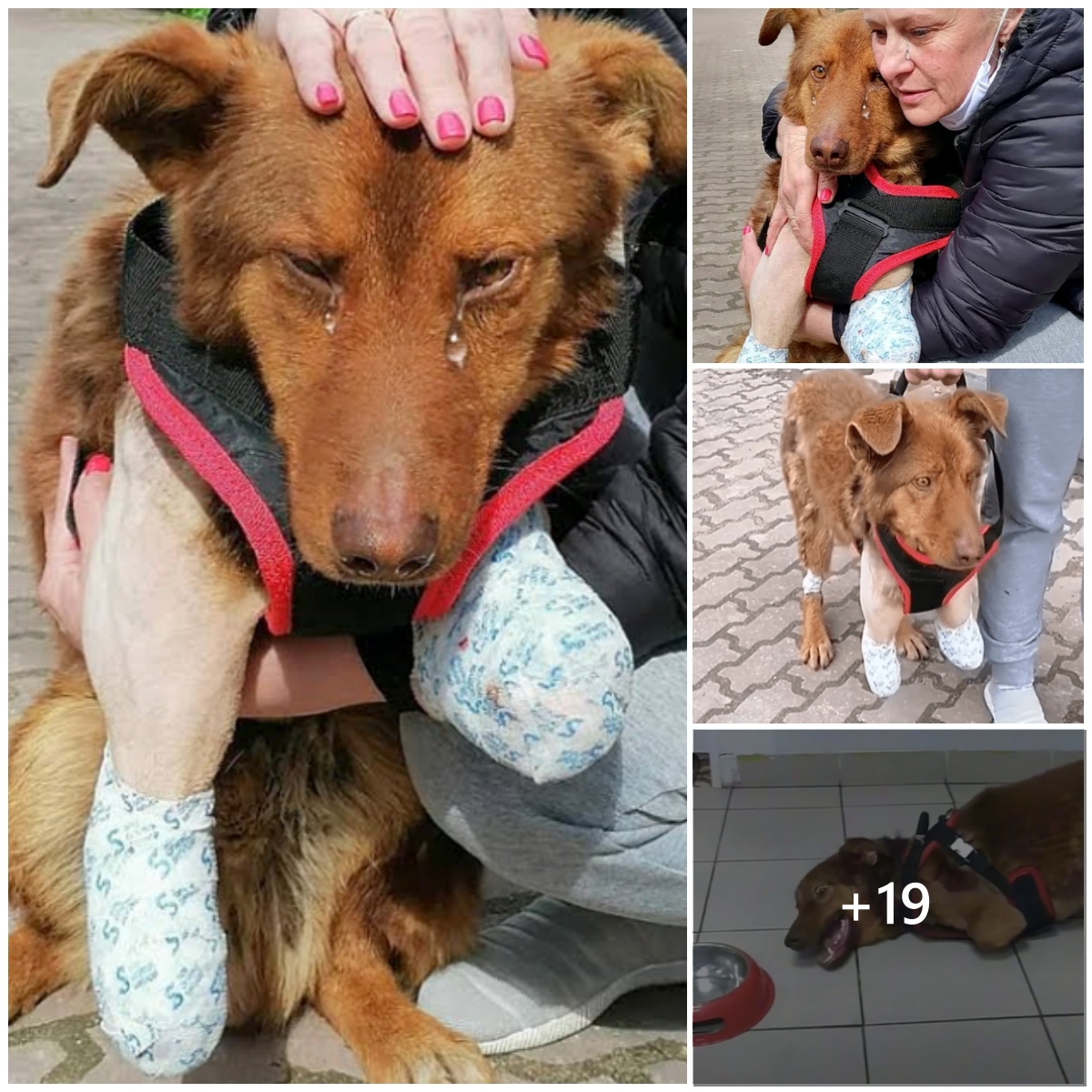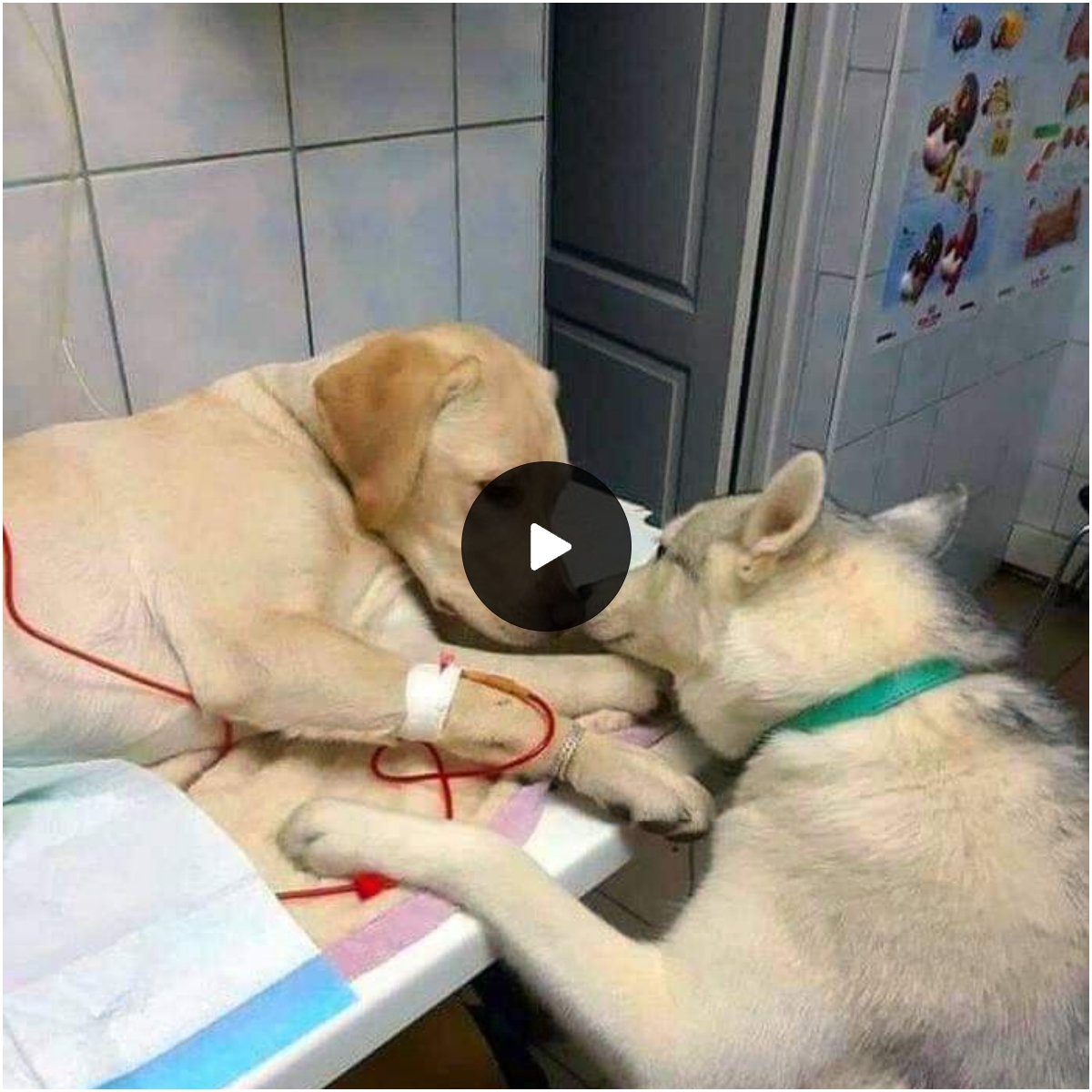Considered the “paradise” of cats, Cat Island located just outside Shanghai (China) is home to more than 400 stray cats.
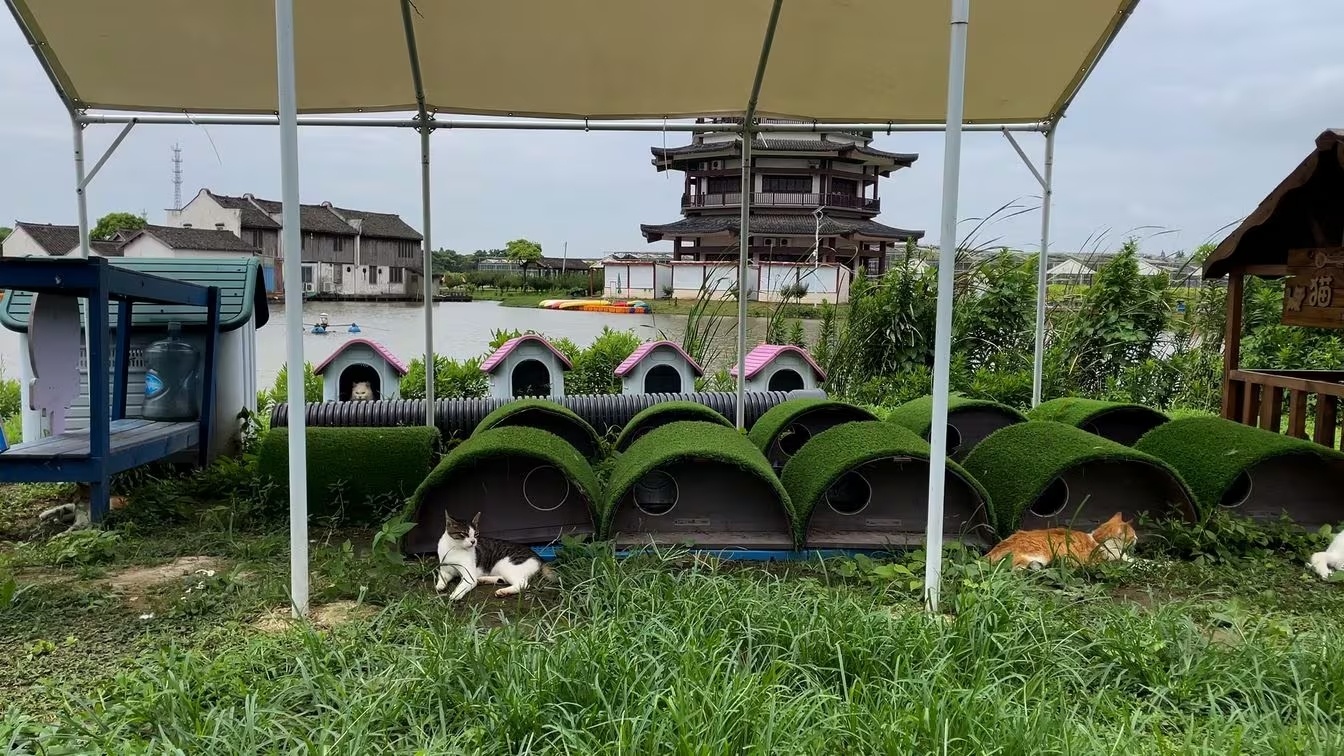 |
Located in Laogang town, Pudong, Cat Island is probably the happiest place on Earth for cats.
While many people cheered and whirled at the Shanghai Disneyland amusement park just a few kilometers away from Cat Island, more than 400 cats were relaxing in the shade of a specially designed, grass-covered play tunnel.
But before coming to this “paradise”, they were all stray cats living in poverty and danger in central Shanghai.
The city with 25 million people has about 400,000-1.5 million stray cats.
Faced with that situation, local authorities are trying to control the increase in the number of stray cats and find homes for sterilized animals, according to the Washington Post.
 |
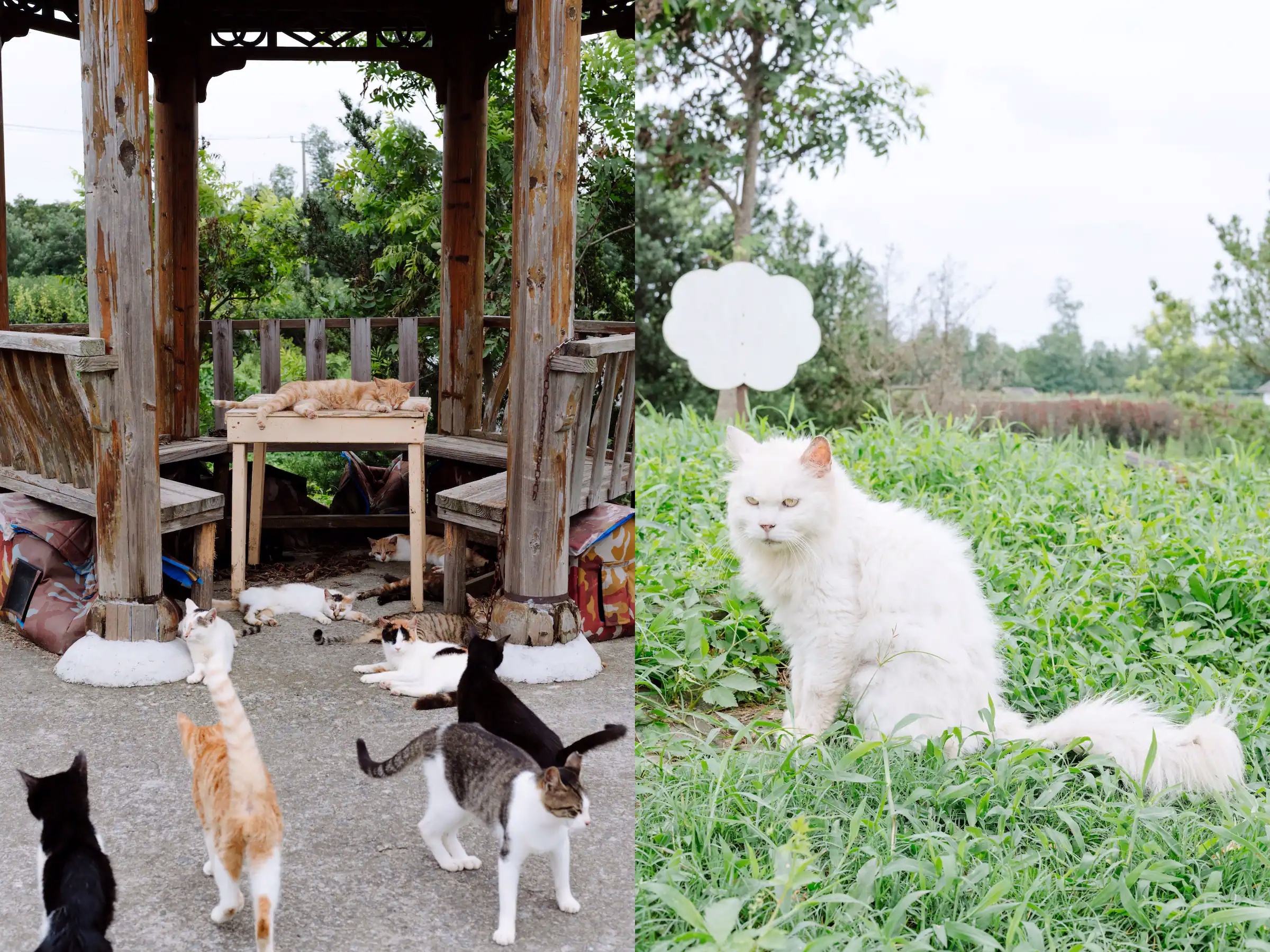 |
All “four-legged residents” of Cat Island are adoptable cats.
“Cat adoption has become quite popular in recent years, especially with the younger generation,” said Erica Guo, owner of cat rescue cafe More Meow Garden.
As living standards increase, attitudes about animals also change. Young Chinese people are increasingly willing to share their homes with pets. Images of taking cats for a walk with transparent backpacks can be easily seen on the streets.
This trend created a pet industry worth $44 billion in 2020 in China.
 |
During the Covid-19 pandemic lockdown in 2022, many cats in Shanghai died when their owners went into quarantine or lost the ability to care for them. This is one of the reasons that the Shanghai Pets facility, including Cat Island, was born.
The 130-acre facility focuses on capturing and sterilizing feral cats, then returning them to the communities where they were originally found.
In cases where this is not possible, they will be transferred to Cat Island for a chance at a better life.
“This is what we can do,” said Zha Zhenliang, manager of the organization responsible for Cat Island and the Shanghai Pets facility. “We hope each residential area can have its own “cat island” – a safe place for cats to live.
To adopt a cat at Cat Island, you’ll have to walk to a remote, overgrown location on the outskirts of Shanghai. This place was chosen to avoid affecting surrounding neighbors.
After that, the adopter must complete a pet care course. Staff will also check the living conditions of potential adopters through video calls.
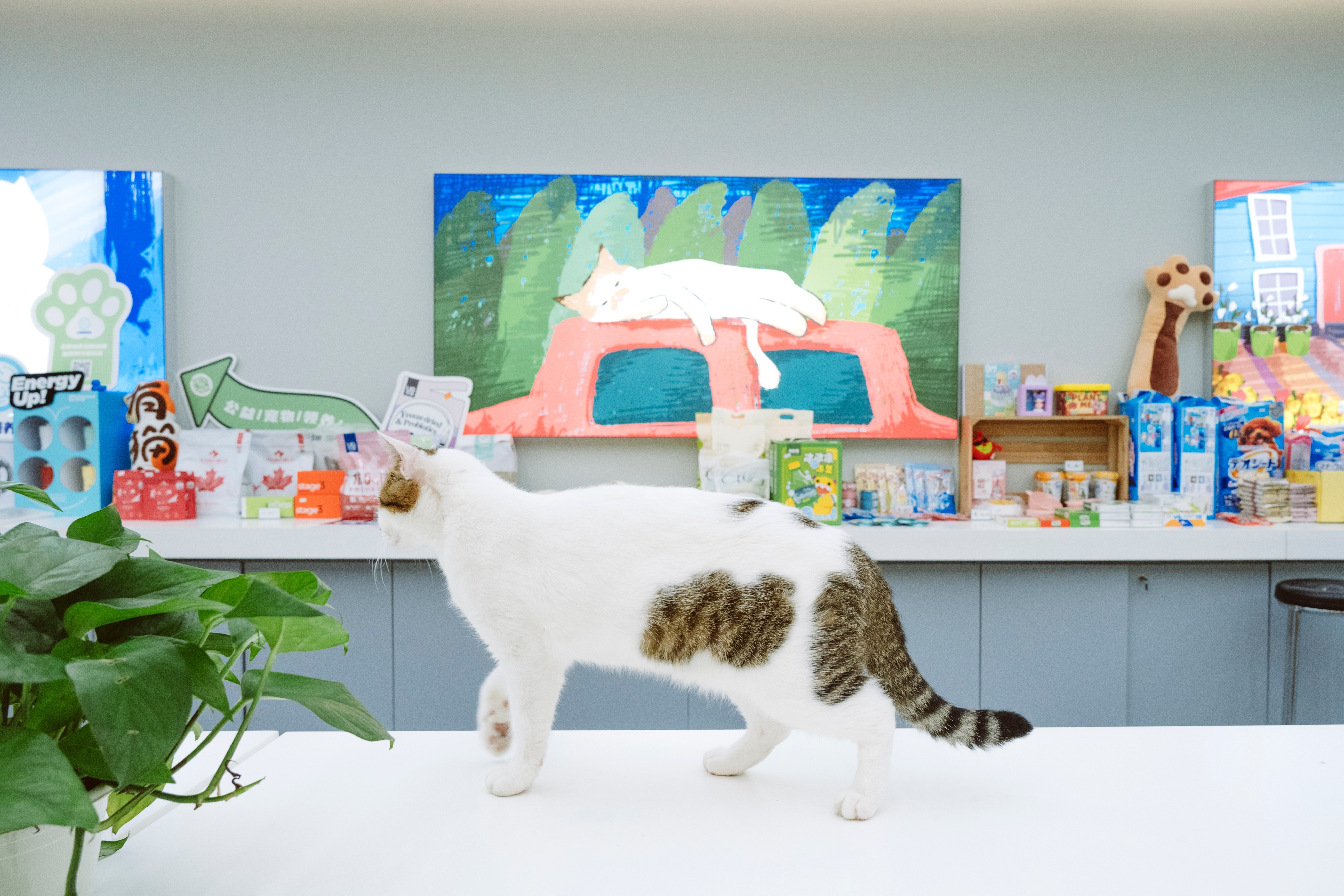 |
Besides Cat Island, there is also a more accessible place to play with your “4-legged friends” and adopt them.
Over the years, Shanghai has seen an explosion in the number of cat cafes, where customers can enjoy playing with cats and occasionally enjoying a cup of coffee.
Guo, who founded More Meow Garden – a cat cafe in downtown Shanghai – said her shop mainly takes in rescued stray cats.
“Not only is this a place where cats and humans can interact, it also gives potential adopters the opportunity to interact with and learn about these animals. From there, they can decide whether they want to really want to choose a companion pet, to become a family member or not,” she shared.
By adopting one cat every month, Guo now cares for 64 cats.
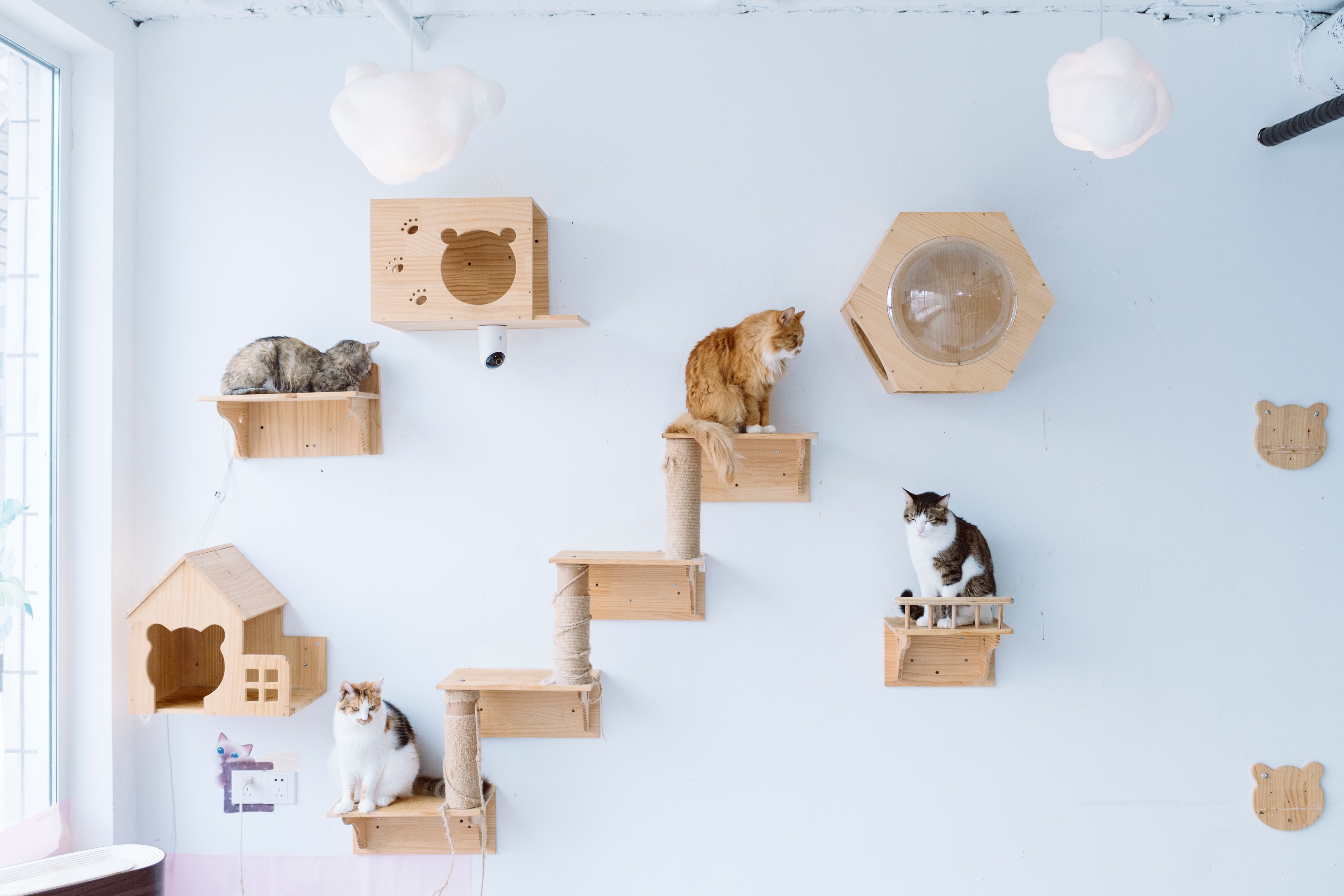 |
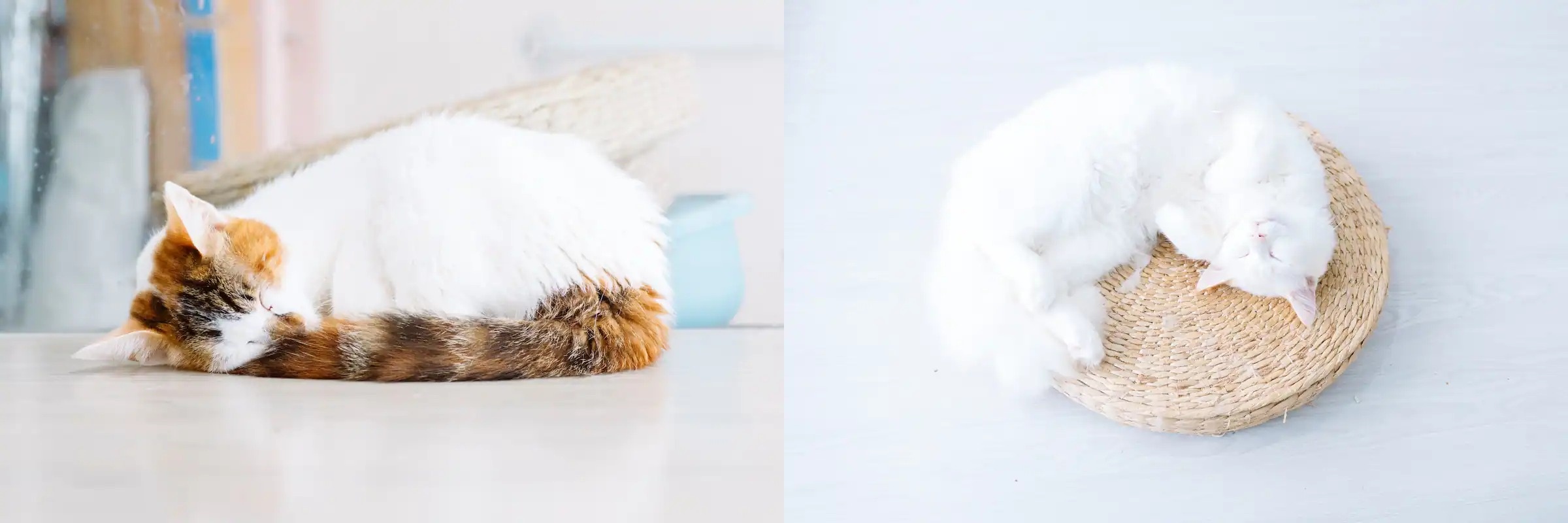 |
However, increasing cat adoptions is facing obstacles.
Many Shanghai residents want cats they can brag about on social media. So they buy or adopt purebred cats, not strays from Cat Island and More Meow.
“When seeing cats, many people often calculate whether they are worth the money or not? Are they clean or not? When in reality, the only difference lies in their condition. Therefore, changing Changing people’s awareness is more important than managing cats,” Zha said.
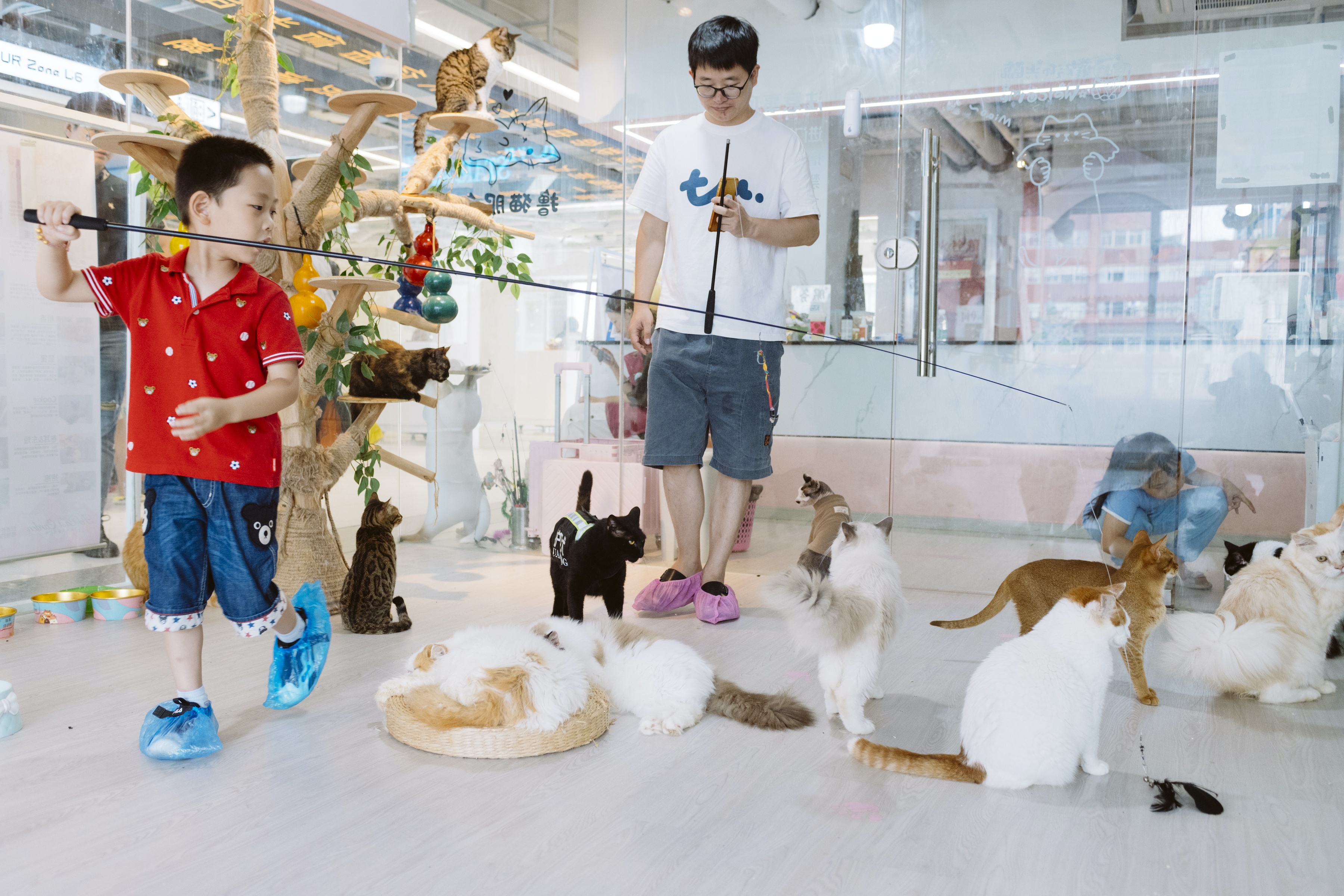 |
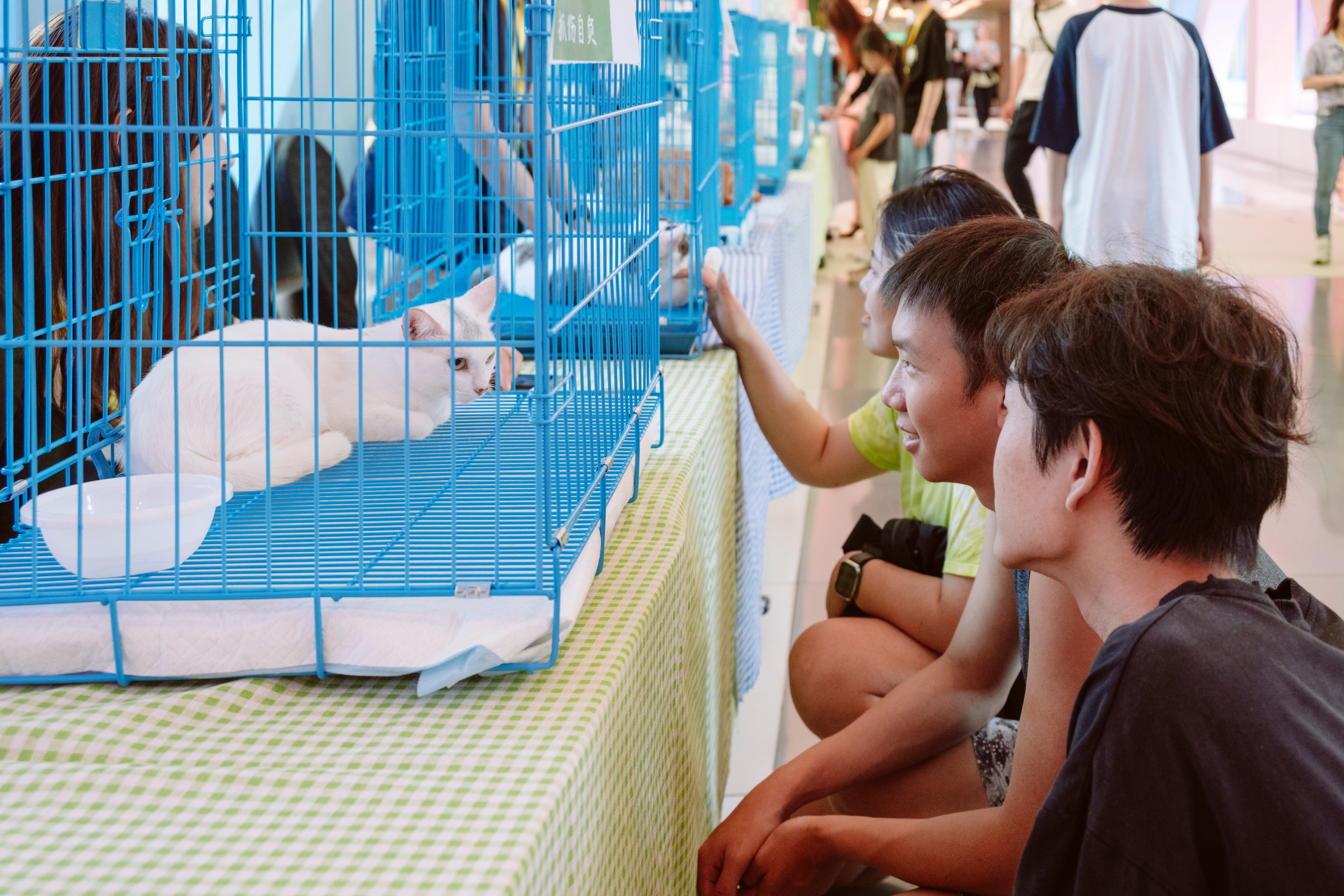 |
Independent and informal rescue organizations play a key role in caring for street animals in Shanghai. They teamed up with local residents to provide food for lost cats.
“I estimate there are hundreds of large and small private shelters in Shanghai,” said Angelika Ma, founder of the private cat rescue shelter Nekoshelter in western Shanghai.
“The challenge is that these places are often run by older people with no financial means. Therefore, it is difficult for them to provide stable housing and support in finding homes for the animals,” Ma added.
 |
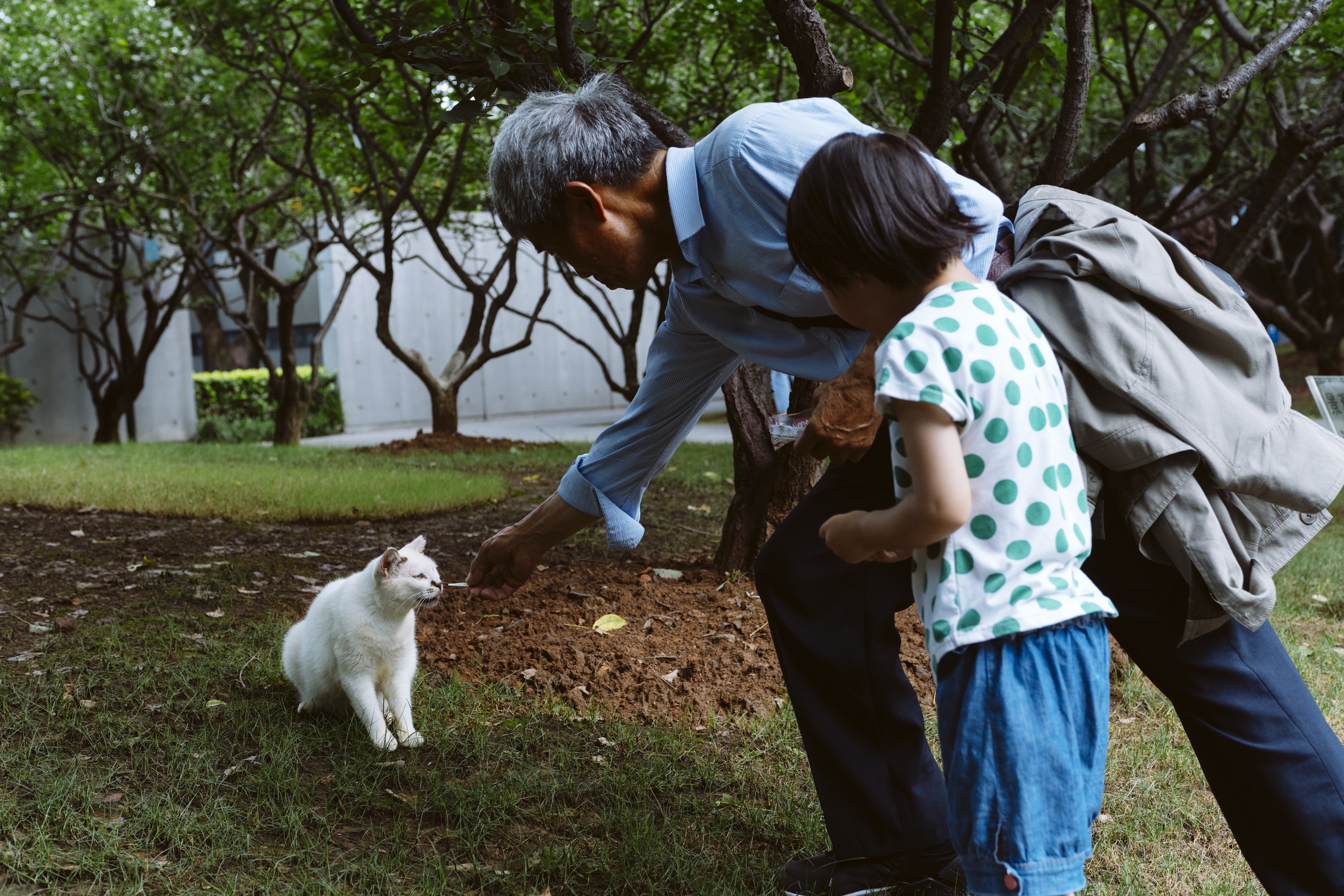 |
At Jing’an Sculpture Park in the heart of Shanghai, more than 130 volunteers participated in feeding, organizing fundraising to buy food and provide medical care for cats here. They also try to find new homes for the adorable kittens.
According to estimates by volunteer Bon Wen, there are about 100 cats living in the park and the group has sterilized more than 90 of them.
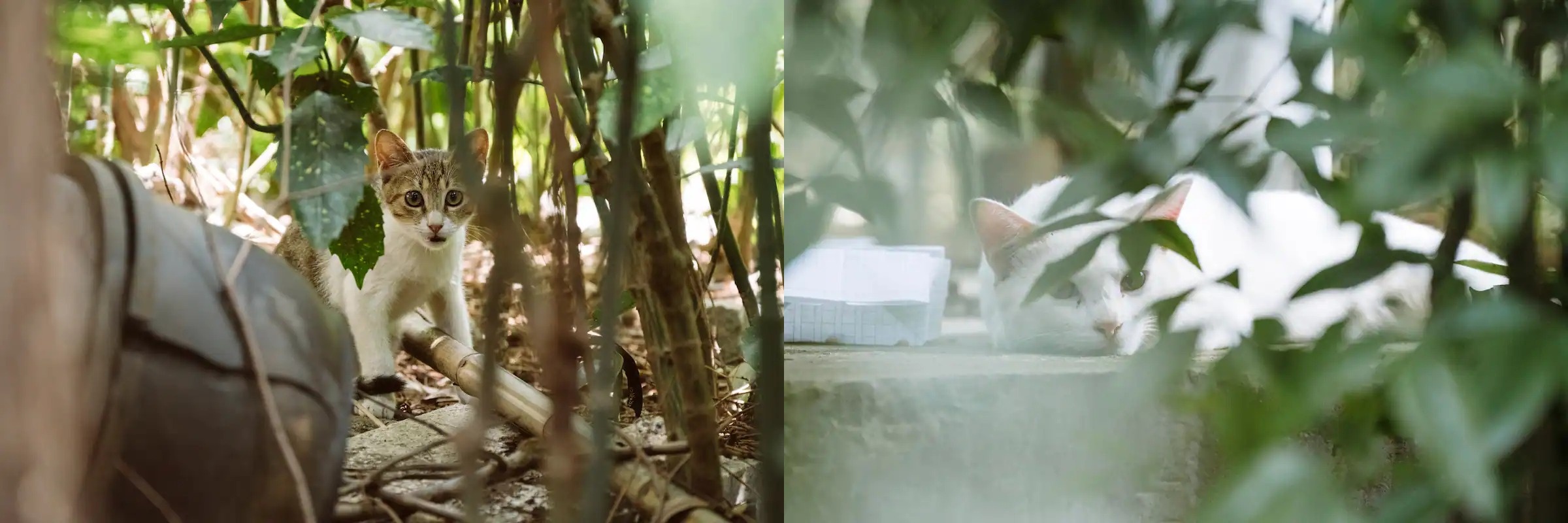 |
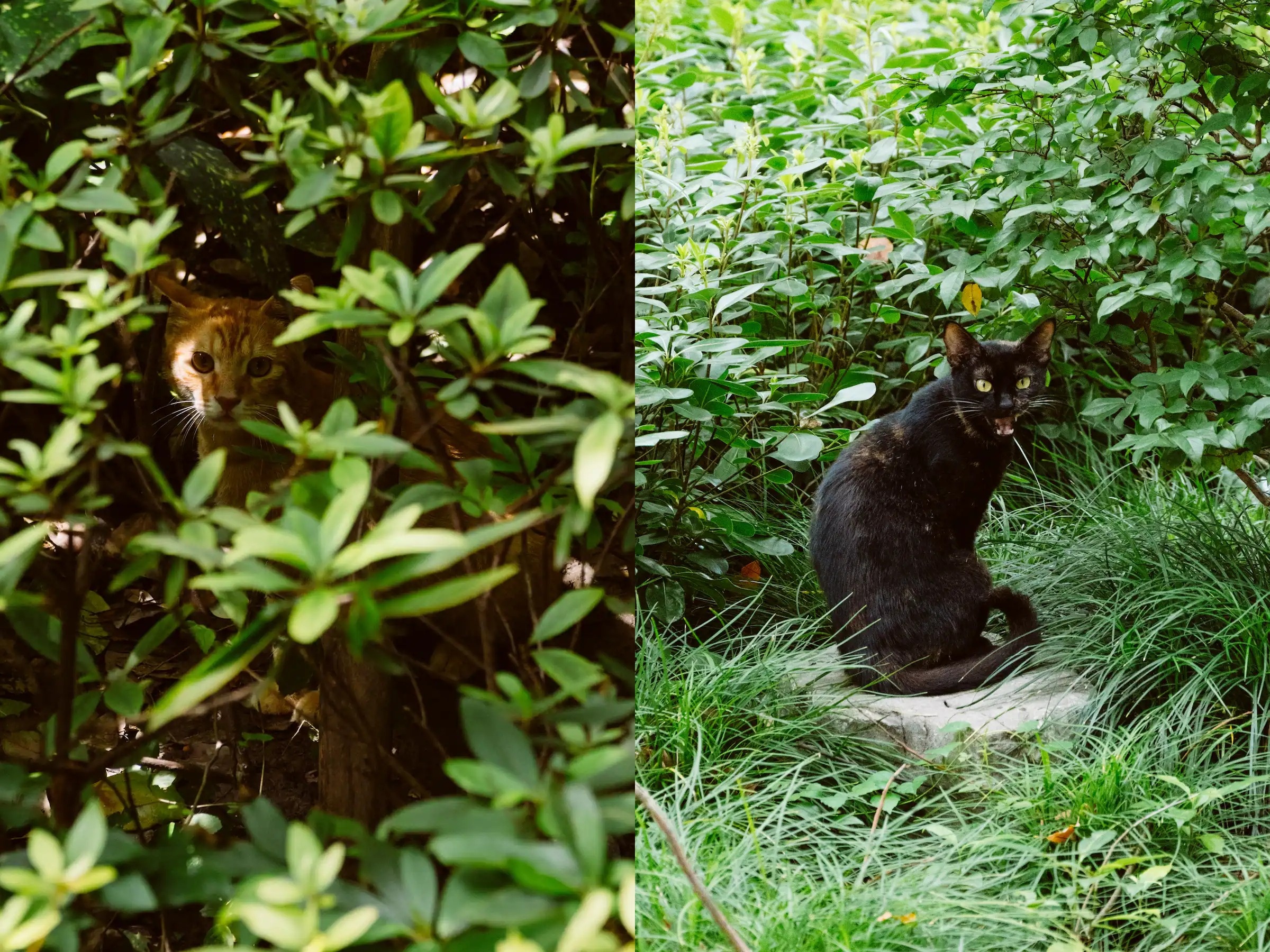 |
 |
However, despite that effort, news of the tragic deaths of many cats and videos of animal torture still appeared online, causing outrage and calls for reform of animal protection laws.
Currently, China has no laws against animal cruelty or abandonment, only regulations on selling animals to slaughterhouses.
“If there is no protective law, we must establish social standards to isolate and blacklist animal abusers,” Zha said.
In addition, it is necessary to educate about how to care for animals and punish those who abandon them. Authorities should also intervene to resolve uncontrolled births.
“They have to start finding ways to get to the root of the problem,” Ma shared.
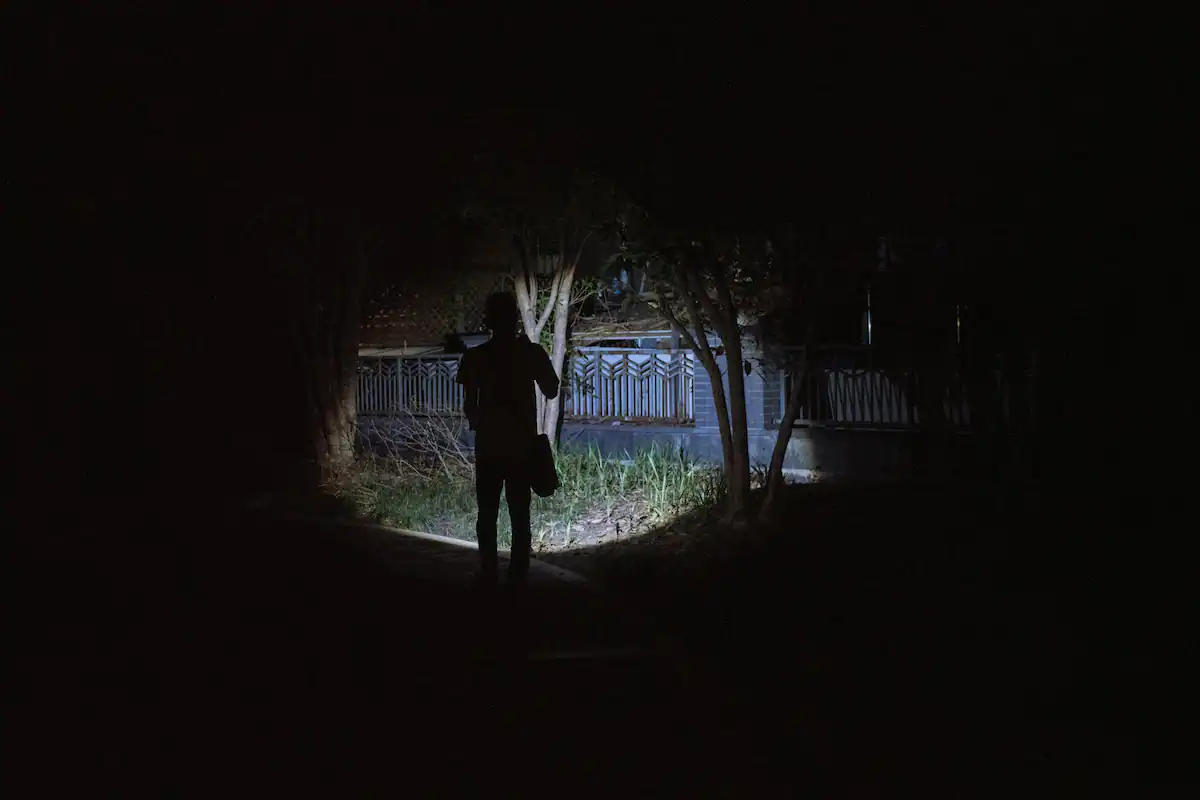 |
To control the cat population, a stray cat sterilization program in Shanghai has been launched. Yin Xiaojun, known by his nickname Stone, was at the forefront of the movement.
Yin does business during the day, then at night participates in rescuing pets from rooftops or rescuing cats stuck in sewers.
He shared that over the past 5 years, he has caught more than 4,000 cats each year. Once captured, the cats are transported to a veterinarian for sterilization surgery. After a few days of recovery, they are returned to the bag or cage to return home, with their ears marked for future identification.
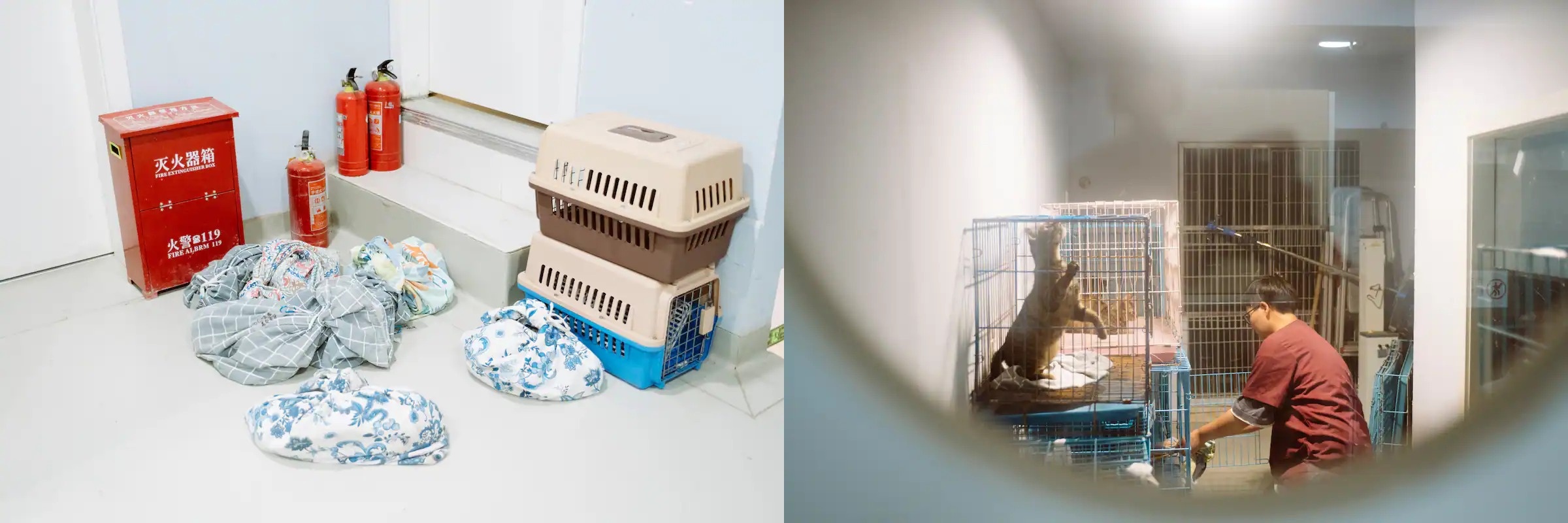 |




